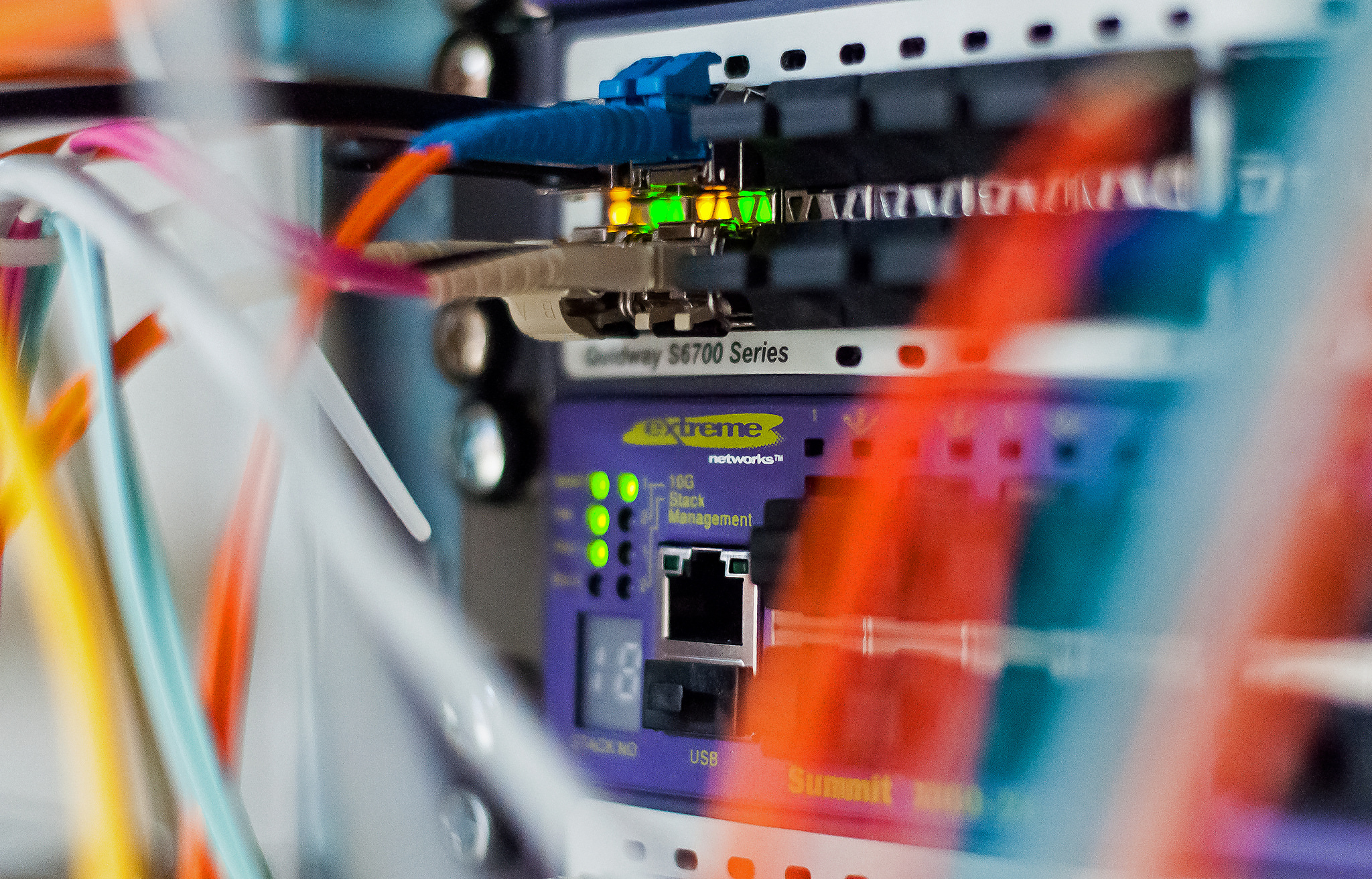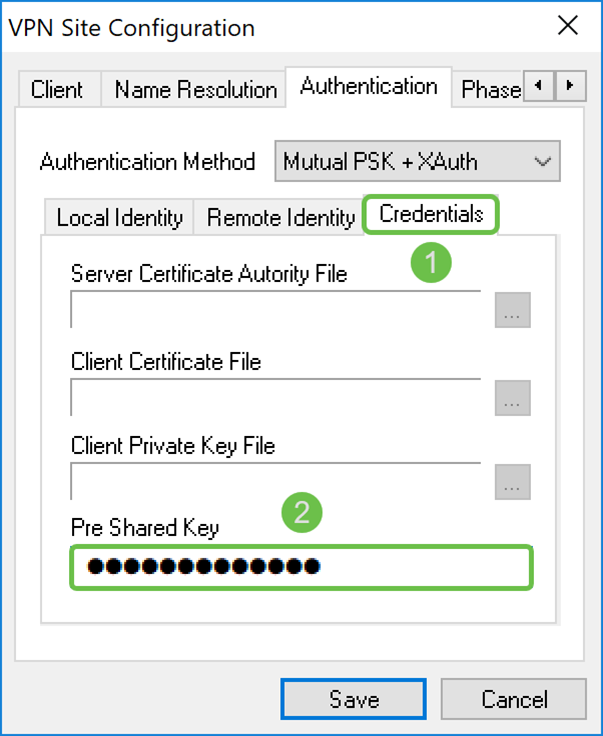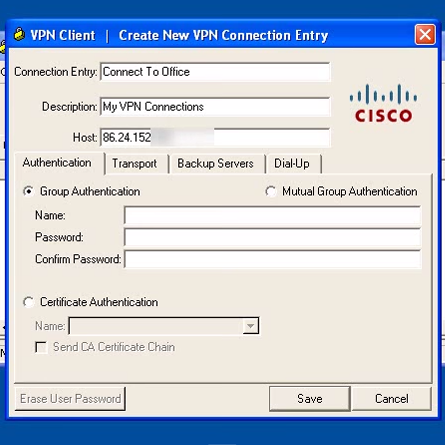Jun 12, 2018 Having been discontinued back in 2011, it shouldn’t come as a shock that the Cisco VPN client isn’t supported by Windows 10.In fact, you would be lucky to get it working with Windows 8.1 since. A virtual private network (VPN) extends a company's network, allowing secure remote user access through encrypted connections over the Internet. This allows VPN traffic to remain private as it travels between devices and the network. As a VPN user browses the web, their device contacts websites through the encrypted VPN connection.
Overview of VPNs and VPN Technologies
Always-on protection for your business Threats can occur through a variety of attack vectors. You need secure connectivity and always-on protection for your endpoints. Deploy Cisco endpoint security clients on Mac, PC, Linux, or mobile devices to give your employees protection on wired, wireless, or VPN. This article refers to the Cisco AnyConnect VPN. If you're looking for information on the Prisma Access VPN Beta that uses the GobalConnect app, see: istcontrib:Prisma Access VPN Beta Landing Page. If you're not sure which service you're using, see: istcontrib:How do I know if I'm using the Cisco AnyConnect VPN or the Prisma Access VPN Beta?. Cisco VPN Client, Free Download by Cisco Systems, Inc.
Cisco products support the latest in VPN technology. A VPN is a service that offers secure, reliable connectivity over a shared public network infrastructure such as the Internet.
Figure 1-1 shows various VPNs between a main site and branch offices and small office, home office (SOHO) workers.
VPNs maintain the same security and management policies as a private network. They are the most cost effective method of establishing a virtual point-to-point connection between remote users and an enterprise customer's network. There are three main types of VPNs.
Access VPNs—Provide remote access to an enterprise customer's intranet or extranet over a shared infrastructure. Access VPNs use analog, dial, ISDN, digital subscriber line (DSL), mobile IP, and cable technologies to securely connect mobile users, telecommuters, and branch offices.
Intranet VPNs—Link enterprise customer headquarters, remote offices, and branch offices to an internal network over a shared infrastructure using dedicated connections. Intranet VPNs differ from extranet VPNs in that they allow access only to the enterprise customer's employees.
Extranet VPNs—Link outside customers, suppliers, partners, or communities of interest to an enterprise customer's network over a shared infrastructure using dedicated connections. Extranet VPNs differ from intranet VPNs in that they allow access to users outside the enterprise.
Figure 1-1 Examples of VPNs

The following main components make up Cisco's VPN offerings:
Cisco VPN routers—Use Cisco IOS software IPSec support to enable a secure VPN. VPN-optimized routers leverage existing Cisco investment, perfect for the hybrid WAN.
Cisco Secure PIX Firewall—Offers a VPN gateway alternative when the security group 'owns' the VPN.
Cisco VPN Concentrator series—Offers powerful remote access and site-to-site VPN capability, easy-to-use management interface, and a VPN client.
Cisco Secure VPN Client—Enables secure remote access to Cisco router and PIX Firewalls and runs on the Windows operating system.
Cisco Secure Intrusion Detection System (CSIDS) and Cisco Secure Scanner—Can be used to monitor and audit the security of the VPN.
Cisco Secure Policy Manager and Cisco Works 2000—Provide VPN-wide system management.
These components can all be seen in Figure 1-2.
Figure 1-2 Cisco Secure VPN Components
Cisco Vpn Client Vista
The main Cisco VPN product offerings are discussed in more detail in Chapter 2, 'Cisco VPN Family of Products.'
Some USC online services require access through on-campus USC Secure Wireless or a wired network connection. USC offers Virtual Private Networking (VPN) to provide secure remote access to these services when you are off-campus. Use AnyConnect VPN if you are away from the USC campus and are unable to connect to services. Additionally, you must use AnyConnect VPN to access internal USC systems handling confidential or sensitive data, such as Student Information Systems (SIS), and file servers for specific schools and departments.

Please be aware that you DO NOT need to use AnyConnect VPN when accessing Blackboard, Zoom, Workday, ServiceNow, Microsoft Office 365 or Google Apps at USC.
Examples of Applications that Require AnyConnect VPN
- Pitchbook – Marshall
- Business Intelligence – Kuali
- Remote Desktop Access
- MyAccess
- Student Information System (SIS)
- Center for Advanced Research Computing (CARC)
How Do I Connect to VPN?
Cisco Anyconnect Vpn Client Download

- Faculty/Non-IT Staff and Students: Use AnyConnect VPN using the following address: vpn.usc.edu. Duo Two-Factor Authentication (2FA) is required.
- IT Employees/SIS Users: Use AnyConnect VPN using the following address: connect.usc.edu. Duo 2FA is required.

NOTE: For detailed Cisco AnyConnect VPN client installation instructions for Mac and Windows and Frequently Asked Questions, refer to the resources listed in the right panel.
Existing VPN URLs
The following URLs are supported via AnyConnect VPN:
- connect.usc.edu
- sslvpn.usc.edu
- vpn.usc.edu
Where Do I Go for Help?
Cisco Vpn Download
If you need help setting up AnyConnect VPN, please contact the ITS Customer Support Center.
If you have questions regarding confidential data protection, please email infosecgrm@usc.edu.




